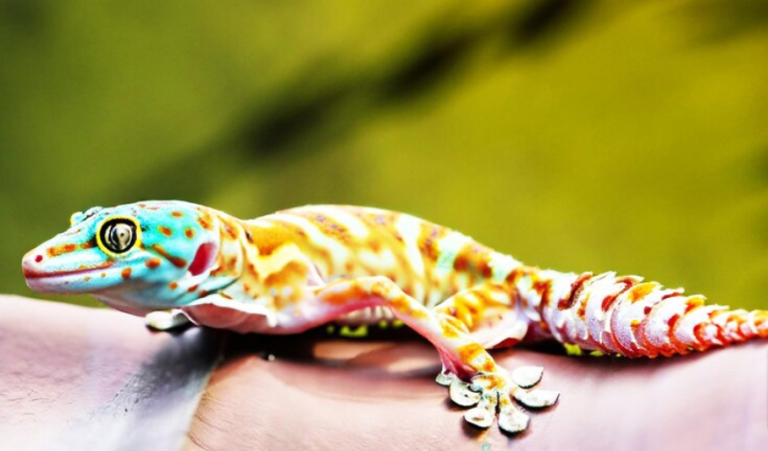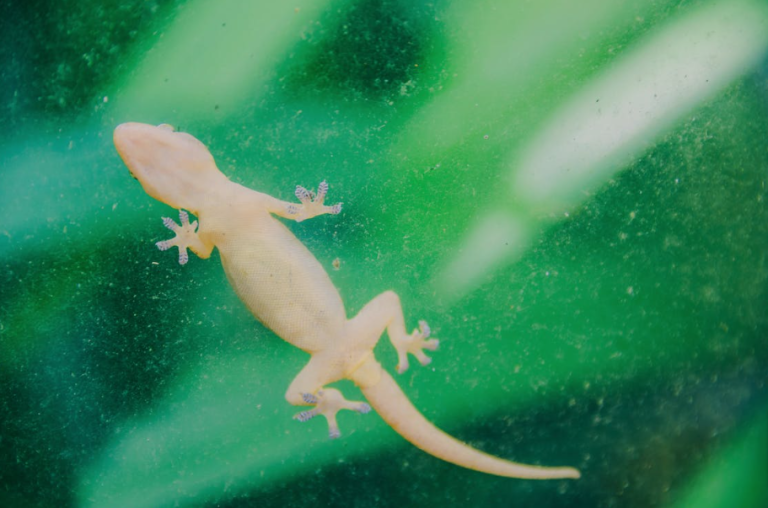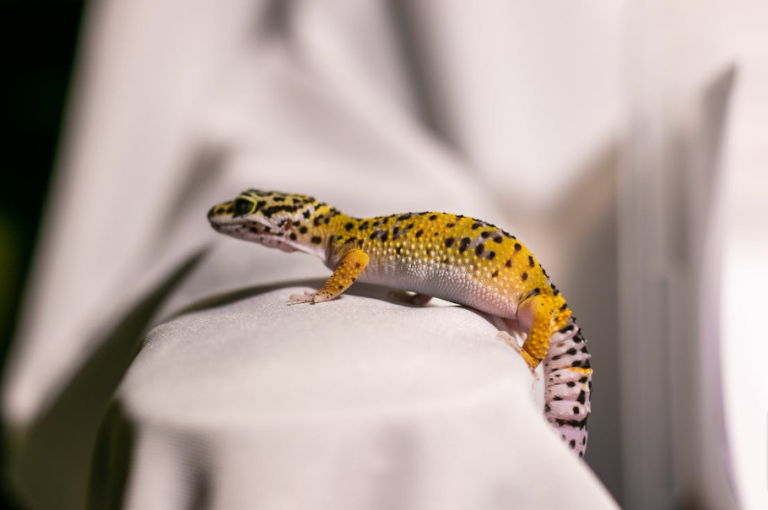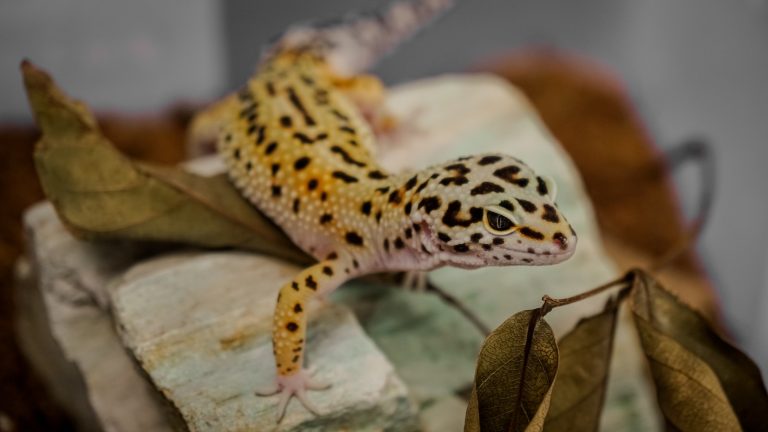Leopard geckos, native to the arid regions of Afghanistan, Pakistan, and India, have become popular pets due to their docile nature and unique appearance. As a responsible pet owner, monitoring their growth and development is vital. In this article, we will delve into the leopard gecko growth chart, guiding you through every stage of their life.
Leopard Gecko Growth Chart
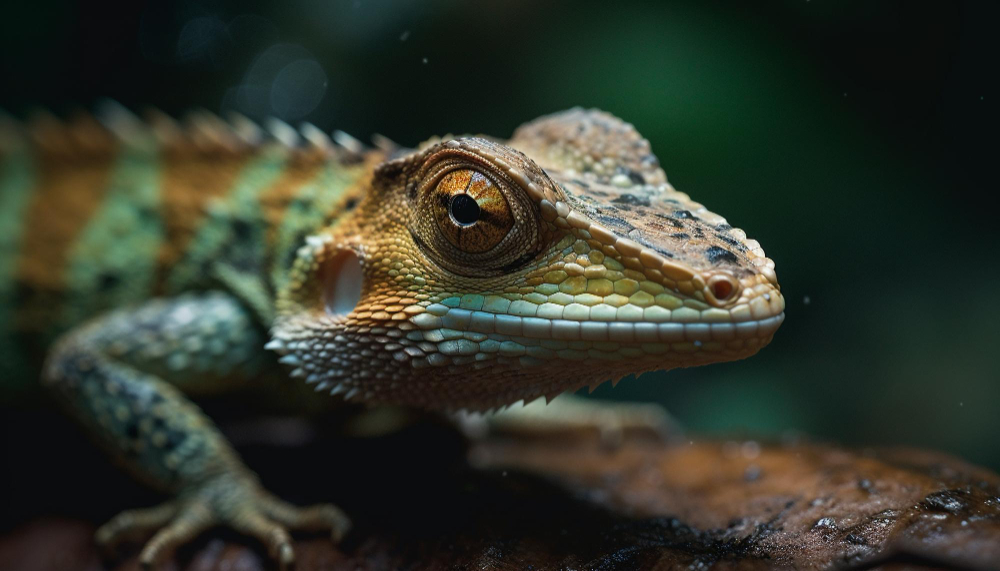
Hatching Phase
Leopard gecko growth begins in the egg. After an incubation period of 35 to 90 days, adorable hatchlings emerge. At this stage, they are tiny, measuring around 2 to 4 inches in length. These delicate creatures require utmost care, with a focus on maintaining proper humidity and temperature levels in their enclosure.
Baby Leopard Geckos
As your leopard gecko matures, it enters the baby phase. During this period, which lasts for about 6 to 9 months, they experience rapid growth. Their size increases to approximately 5 to 6 inches. Ensure a well-balanced diet rich in calcium and provide a spacious habitat with hiding spots and a heat source.
Juvenile Stage
The juvenile stage is a crucial phase in your leopard gecko’s development. It typically spans from 9 to 18 months, during which they reach a length of 7 to 8 inches. It’s essential to offer a varied diet to support their growth. Calcium supplements and vitamin D3 are vital for strong bones.
Sub-Adult Leopard Geckos
Leopard geckos enter the sub-adult phase at around 18 to 24 months. Their size ranges from 8 to 10 inches. At this stage, they display their unique colors and patterns. Ensure your pet has a spacious enclosure with appropriate temperature gradients to thrive.
Adult Leopard Geckos
Finally, your leopard gecko reaches adulthood at 24 months or older. They typically measure 8 to 11 inches, with some individuals growing larger. Adult geckos have specific dietary needs and may require larger enclosures. Provide a comfortable and enriched environment to keep them happy and healthy.

Creating the Ideal Habitat for Growth
Providing your leopard gecko with the right habitat is essential for their growth and overall well-being. Here are some key factors to consider when creating the ideal environment:
Enclosure Size:
Leopard geckos require ample space to move and grow. A 20-gallon tank is suitable for a single adult gecko, but larger is always better. Ensure the enclosure has a secure lid to prevent escapes.
Substrate:
Choose a substrate that is safe and comfortable for your gecko. Paper towels, reptile carpet, or slate tiles are good options. Avoid substrates like sand, as they can lead to impaction if ingested.
Temperature Gradient:
Maintain a temperature gradient within the enclosure. Provide a basking spot with a temperature of around 88°F (31°C) and a cooler side with temperatures around 75°F (24°C). Use a heat mat or ceramic heat emitter to achieve this gradient.
UVB Lighting:
Leopard geckos benefit from exposure to UVB light, which helps them metabolize calcium. Use a UVB bulb designed for reptiles and follow the manufacturer’s recommendations for placement and duration.
Hideouts:
Create hiding spots using caves or hollow logs. Geckos are nocturnal and appreciate places to retreat during the day. Having multiple hides allows them to choose their preferred spot.
Climbing Opportunities:
While leopard geckos are primarily terrestrial, they may enjoy some climbing opportunities. Include branches or decorations for them to explore.
Hydration:
Provide a shallow water dish for drinking. Leopard geckos may also appreciate a humid hide to aid in shedding.
Cleaning and Maintenance:
Regularly clean and sanitize the enclosure to prevent the buildup of waste and bacteria. Replace substrate as needed and ensure a clean environment for your gecko’s growth.
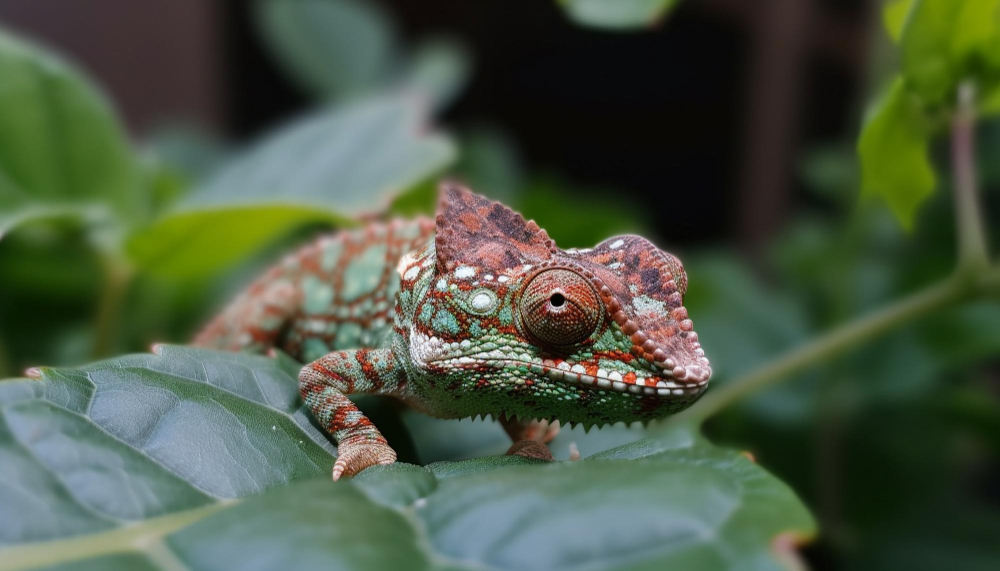
Tips for Monitoring and Recording Growth Progress
Keeping track of your leopard gecko’s growth is crucial for their health and development. Here are some tips for effectively monitoring and recording their progress:
Regular Weighing:
Invest in a small digital kitchen scale to weigh your gecko regularly. Record their weight in a journal to track changes over time.
Length Measurement:
Use a soft measuring tape or a piece of string to measure your gecko’s length from the tip of the nose to the tip of the tail. This measurement can also be recorded in your journal.
Photographic Records:
Take photos of your gecko from various angles, especially if you notice any changes in their appearance, such as shedding patterns or unusual markings. This visual record can be valuable for reference.
Behavior Observations:
Pay attention to your gecko’s behavior. Changes in appetite, activity levels, or any signs of illness should be noted and reported to a veterinarian if necessary.
Growth Charts:
Consider creating a growth chart or using a spreadsheet to document your gecko’s measurements and weight over time. This visual representation can help you spot growth trends more easily.
Frequently Asked Questions
How often should I feed my baby leopard gecko?
Feed your baby leopard gecko every day, offering appropriately sized insects. Monitor their appetite and adjust as needed.
Do leopard geckos shed their skin?
Yes, leopard geckos shed their skin as they grow. Ensure a humid hide to facilitate a smooth shedding process.
What is the ideal temperature for a leopard gecko habitat?
Maintain a temperature gradient between 88°F (31°C) in the basking spot and 75°F (24°C) on the cooler side of the enclosure.
Can I house multiple leopard geckos together?
It’s generally not recommended to keep multiple leopard geckos in the same enclosure, as they may become territorial and aggressive.
How do I prevent calcium deficiency in my leopard gecko?
Supplement their diet with calcium powder, and ensure proper UVB lighting to aid calcium absorption.
What are common health issues in leopard geckos?
Leopard geckos can suffer from issues like metabolic bone disease, impaction, and respiratory infections. Regular vet check-ups are crucial for their well-being.
Conclusion
Understanding the leopard gecko growth chart is essential for providing your pet with the best care possible. From their hatching phase to adulthood, each stage requires attention and specific care. By following our expert guidance, you can ensure that your leopard gecko enjoys a healthy and fulfilling life.

